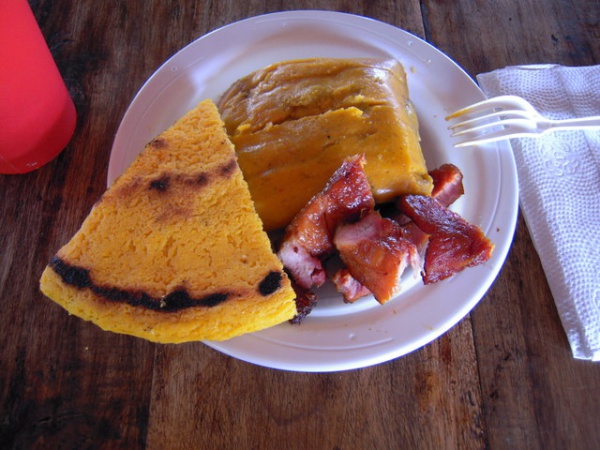Facts About Panamanian cuisine
Panamanian cuisine is a delightful blend of African, Spanish, and Native American influences, showcasing the country's rich cultural tapestry. Thanks to Panama's unique position as a land bridge between North and South America, the cuisine features an abundance of tropical fruits, vegetables, and herbs that add vibrant flavors to its dishes.
Staple ingredients in Panamanian cooking include maize, rice, wheat flour, plantains, yuca (cassava), and a variety of meats like beef, chicken, and pork, along with fresh seafood. Unlike the spicier dishes of neighboring Latin American and Caribbean countries, Panamanian food tends to be mildly flavored yet equally delicious.
The culinary traditions of Panama are also shaped by European influences, resulting in a diverse and mouth-watering array of dishes. Some favorites include Almojábanos, which are S-shaped corn fritters; Arroz con camarones y coco, a savory mix of rice with shrimp and coconut milk; Bollos, which are corn dough wrapped in leaves and boiled; and the ever-popular Ceviche. Empanadas and the hearty Sancocho soup are also staples in Panamanian cuisine.
When it comes to desserts, Panama doesn't disappoint. Sweet treats like Bocadillo (milk candies), Cocadas (coconut rolled candy), Flan, Merengue, and Tres leches cake are sure to satisfy any sweet tooth. Traditional beverages include Chicha, Chicheme, Malteada, and the festive Ron Ponche.
Special occasions, especially Christmas, bring out the best in Panamanian cuisine. Dishes like chicken tamales, arroz con pollo, pernil (roasted pork leg), and turkey are commonly enjoyed. Ron Ponche, a type of eggnog, is a beloved Christmas drink in Panama.

 Costa Rica
Costa Rica